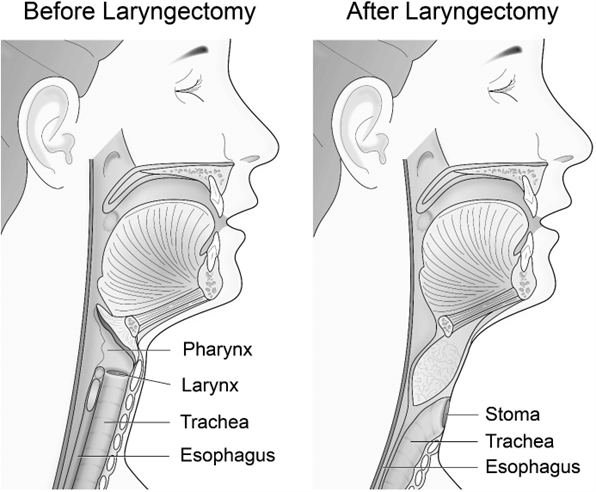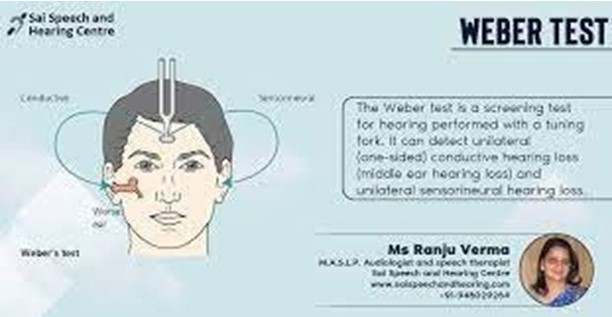A nurse is providing care for a client who is to undergo a total laryngectomy. Which of the following interventions is the nurse's priority?
Explain the techniques of esophageal speech.
Schedule a support session for the client.
Determine the client's reading ability.
Review the use of an artificial larynx with the client.
None
None
The Correct Answer is C
A. Explain the techniques of esophageal speech. Esophageal speech is one method of communication but is learned later through speech therapy. Not the immediate priority.
B. Schedule a support session for the client. While providing emotional support is important, it is not the immediate priority. The client needs to understand how to communicate effectively after the laryngectomy.
C. Determine the client's reading ability. After surgery, the client will not be able to speak initially. Knowing if the client can read and write allows the nurse to provide a communication method (such as writing or using a communication board) to meet immediate needs, especially related to airway, pain, and care.
D. Review the use of an artificial larynx with the client. An electrolarynx is an option but is introduced later in recovery. It is not the immediate concern before surgery.

Nursing Test Bank
Naxlex Comprehensive Predictor Exams
Related Questions
Correct Answer is A
Explanation
The correct answer is that the nurse should place the base of a vibrating tuning fork on the top of the client's head when performing Weber's test. Weber's test is a screening test for hearing that can detect unilateral (one-sided. conductive hearing loss (middle ear hearing loss) and unilateral sensorineural hearing loss (inner ear hearing loss)².
Options b, c and d are not correct actions for performing Weber's test. Counting how many seconds a client can hear a tuning fork after it has been struck, placing the base of a vibrating tuning fork on the client's mastoid process and moving a vibrating tuning fork in front of the client's ear canals one after the other are not part of Weber's test.

Correct Answer is A
Explanation
If a nurse is caring for an older adult client who tells the nurse that they have smoked one pack of cigarettes every day for the last 60 years, the next action the nurse should take is to ask what the client knows about the effects of smoking. This will help the nurse assess the client's knowledge and understanding of the risks associated with smoking and provide an opportunity for education.
Option b is incorrect because working with the client to establish a quit date is important but not the next intervention.
Option c is incorrect because suggesting that the client use nicotine gum to facilitate quitting is important but not the next intervention.
Option d is incorrect because referring the client to a local smoking cessation program is important but not the next intervention.

Whether you are a student looking to ace your exams or a practicing nurse seeking to enhance your expertise , our nursing education contents will empower you with the confidence and competence to make a difference in the lives of patients and become a respected leader in the healthcare field.
Visit Naxlex, invest in your future and unlock endless possibilities with our unparalleled nursing education contents today
Report Wrong Answer on the Current Question
Do you disagree with the answer? If yes, what is your expected answer? Explain.
Kindly be descriptive with the issue you are facing.
